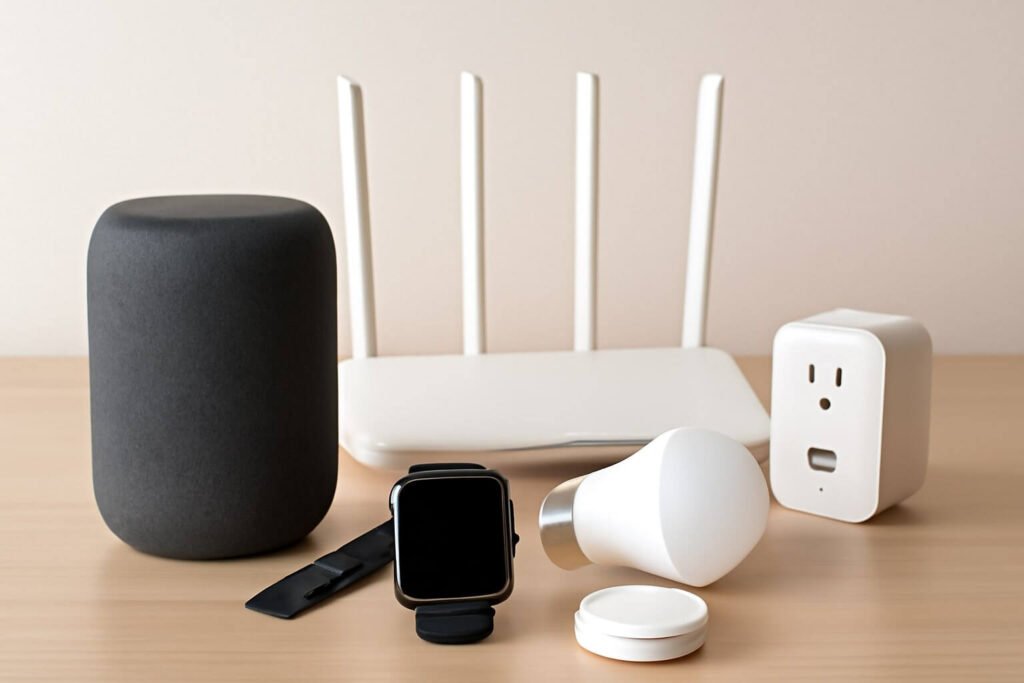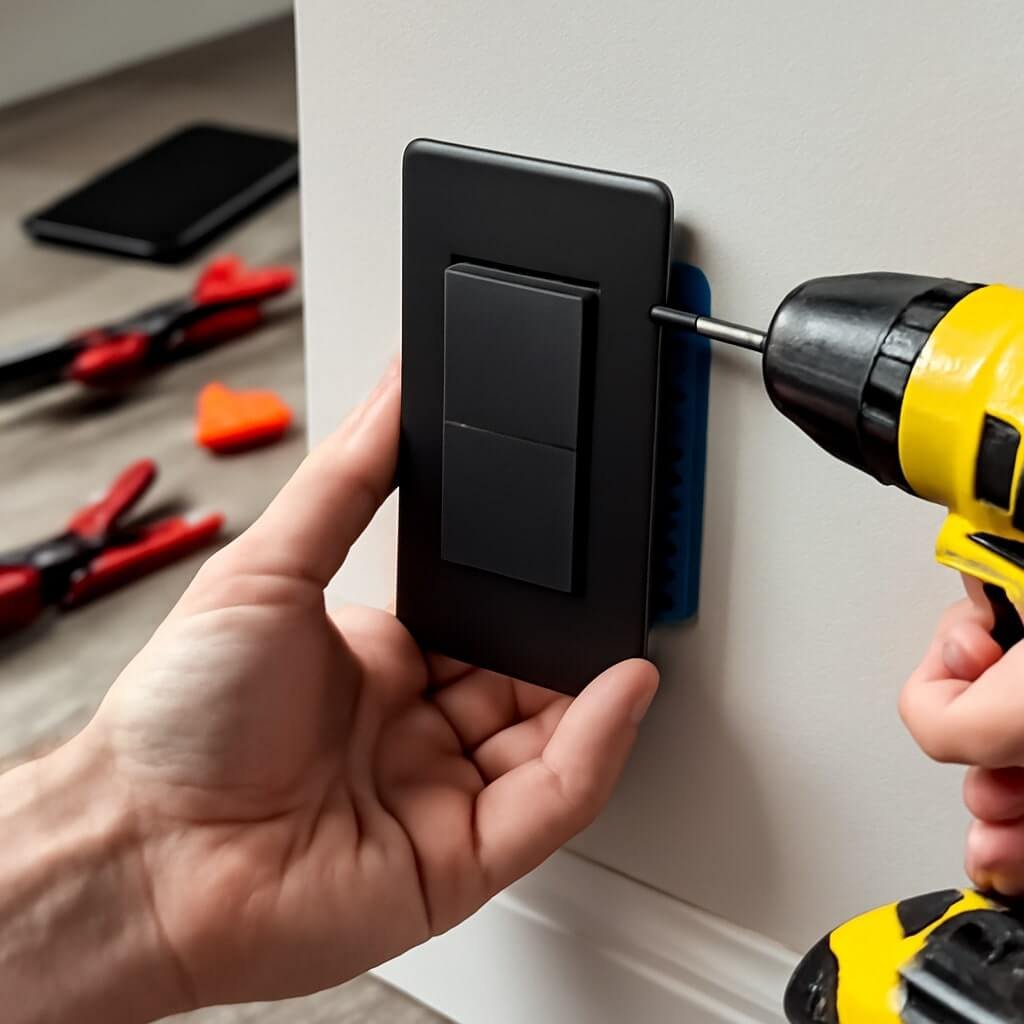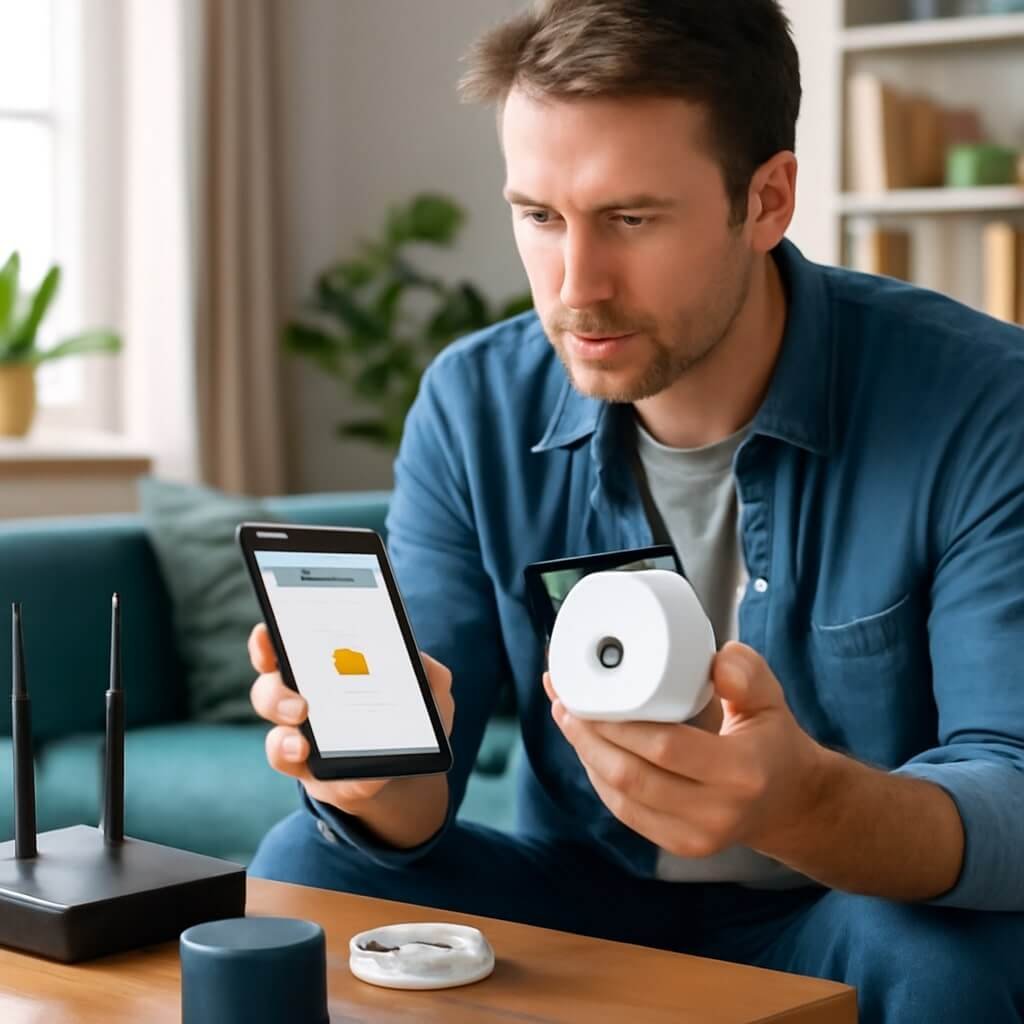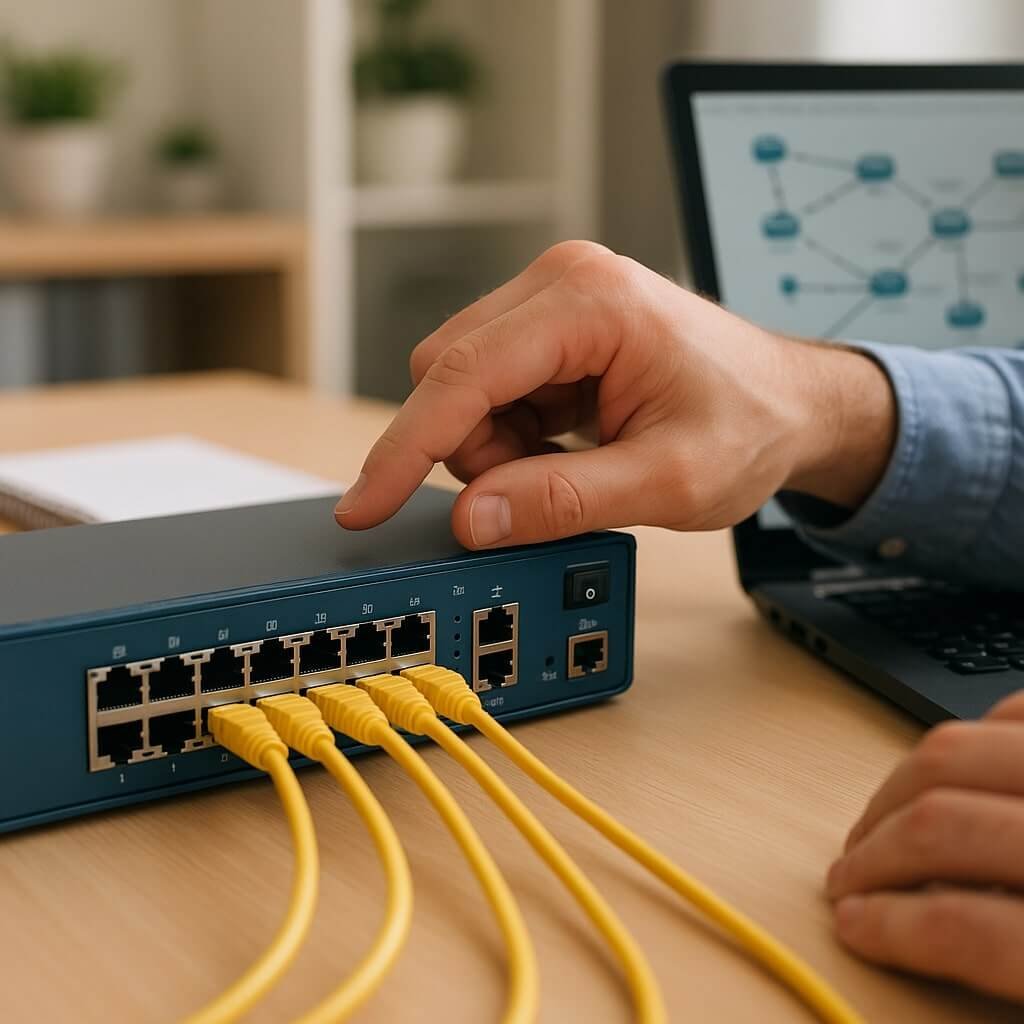Smart home device compatibility is the foundation for creating a seamless, efficient, and enjoyable smart home environment. Simply put, it refers to the ability of different smart devices to work together, communicate, and perform tasks harmoniously without conflict or failure. When devices are compatible, your smart home can operate smoothly, adjusting lighting, regulating temperature, managing security cameras, and more, all under a unified system.
Why Compatibility Matters in Smart Homes
Imagine having a smart thermostat that can’t communicate with your home assistant, or security cameras that don’t sync with your smartphone app. Such scenarios lead to frustration, wasted money, and limited functionality. Compatibility ensures:
- Streamlined control: One app or voice assistant can manage multiple devices.
- Enhanced automation: Devices trigger each other to improve convenience.
- Security: Proper integration avoids vulnerabilities from unsupported devices.
- Future-proofing: Compatible devices are more likely to work with future tech.
Common Compatibility Challenges
Despite the many benefits, compatibility issues arise frequently due to:
- Differing wireless protocols (Wi-Fi, Zigbee, Z-Wave, etc.)
- Proprietary ecosystems that restrict integration
- Outdated firmware or software versions
- Lack of universal standards, although that’s changing with new protocols
Understanding these challenges is the first step toward solving them effectively.
Key Technologies Behind Smart Home Devices
Smart home devices rely on a variety of communication protocols to connect and share information. Knowing the main technologies helps in choosing compatible devices.
Wi-Fi and Bluetooth
Wi-Fi is ubiquitous and offers high bandwidth, ideal for devices requiring constant internet access, like cameras and smart speakers. Bluetooth, especially Bluetooth Low Energy (BLE), is energy-efficient and commonly used for wearable devices or short-range connections.
Zigbee and Z-Wave
Zigbee and Z-Wave are mesh networking protocols designed specifically for smart homes. They consume less power and extend network range by allowing devices to relay signals to each other, which is great for sensors, locks, and light bulbs.
Thread and Matter Protocols
Thread is an IP-based, low-power mesh protocol gaining traction for its reliability and scalability. Matter, backed by major industry players, is an emerging universal standard aiming to unify smart home devices under a common language, drastically reducing compatibility issues.
How to Check Smart Home Device Compatibility
Before buying or installing devices, verify compatibility to avoid headaches later.
Reading Product Specifications
Look for supported protocols, voice assistant compatibility, and system requirements on product labels and manuals. Devices supporting Matter or Thread protocols often indicate forward compatibility.
Using Compatibility Lists and Tools
Many manufacturers publish compatibility lists online. Additionally, apps and websites aggregate this data, allowing you to check if a device works with your ecosystem (Alexa, Google Home, Apple HomeKit).
Consulting Manufacturer Support
When in doubt, contacting customer support can clarify compatibility details, firmware updates, or recommended setup procedures.
Selecting Devices with Compatibility in Mind
Choosing smart home products with compatibility at the forefront saves time and money.
Prioritising Universal Standards
Devices adhering to universal standards like Matter are better investments, ensuring broad interoperability now and into the future.
Avoiding Proprietary Ecosystems
Closed systems might offer premium features but can lock you in, limiting your ability to mix and match devices from other brands.
Setting Up Your Smart Home Network for Success
A reliable network is key to device compatibility and smooth operation.
Router Settings and Network Segmentation
Configure your router to support multiple device types, consider separate networks for IoT devices, and enable quality of service (QoS) for priority traffic.
Firmware Updates and Security
Regular updates fix bugs and improve compatibility. Keep your router and devices updated to avoid security risks and performance issues.
Integrating Voice Assistants
Voice control enhances smart home usability but requires compatible devices.
Device Support and Skill Integration
Enable specific skills or actions within Alexa, Google Assistant, or Siri to control your devices efficiently.
Cross-Platform Functionality
Some users benefit from using multiple assistants. Ensuring your devices support all helps avoid fragmentation.
Troubleshooting Compatibility Issues
When things go wrong, knowing basic troubleshooting helps.
Resetting Devices and Network Components
A simple reset often resolves conflicts and connection errors.
Using Hub Devices to Bridge Compatibility Gaps
Hubs like Samsung SmartThings or Hubitat support multiple protocols and can unify devices that otherwise can’t communicate.
Future Trends in Smart Home Device Compatibility
Expansion of Matter Protocol
Matter’s rollout promises easier setup and device interaction across brands, likely making it the go-to standard.
Increased AI and Automation
Artificial intelligence will predict and resolve compatibility glitches, automate routine tasks, and create smarter home environments.
Frequently Asked Questions
What is the easiest way to ensure smart home devices are compatible?
Look for devices that support universal standards like Matter or Thread and check manufacturer compatibility lists before purchasing.
Can devices from different brands work together?
Yes, if they support the same communication protocols or if a compatible hub is used to bridge different technologies.
What role do hubs play in smart home compatibility?
Hubs act as intermediaries, allowing devices with different protocols to communicate within a single network.
How important is firmware updating for compatibility?
Very important. Updates fix bugs and add support for new devices and protocols, improving overall compatibility.
Are Wi-Fi smart devices more compatible than Zigbee or Z-Wave?
Wi-Fi devices connect directly to your home network and tend to be compatible with many systems, but Zigbee and Z-Wave offer better range and lower power consumption for certain devices.
Will the Matter protocol solve all compatibility issues?
Matter aims to unify smart home communication and will significantly reduce compatibility problems, but it may take time for all devices to adopt it fully.
Conclusion
Ensuring smart home device compatibility may seem daunting at first, but with these 17 essential strategies, you can build a cohesive, efficient, and future-ready smart home. Focus on universal standards, verify compatibility before purchasing, optimise your network, and keep your devices updated. With emerging protocols like Matter on the horizon, the future looks bright for seamless smart home integration.






